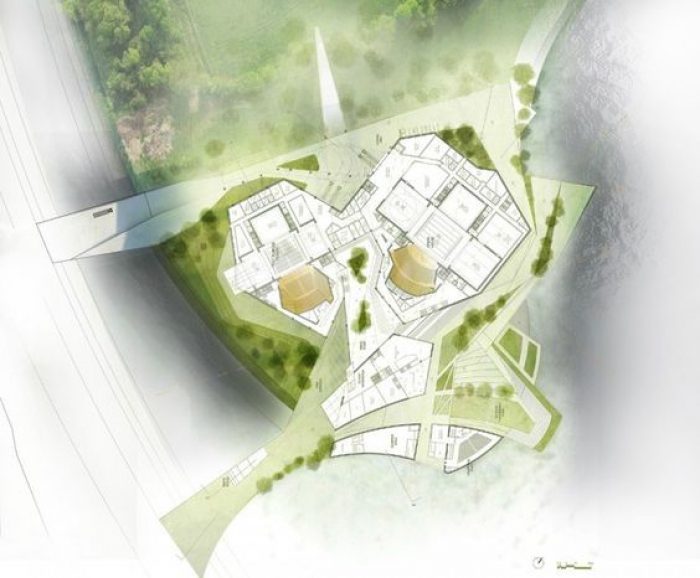The Metropolitan City of Busan, South Korea, organized an architectural competition in 2012 for the city’s Opera House. The contest brought together a lineup of famous international architecture studios – with a winning proposal from Snøhetta – putting the city of Busan on the international cultural map. The challenge was not easy – architects had to design an iconic project for the city, which would also work as the future cultural hub. The 34.928 sqm site was full of potential – located in the northern port, it is the city’s gateway from the sea.
 The Busan Camellian Opera House proposal by Matteo Cainer Architects was appreciated by the jury, receiving an Honorable Mention. Its architectural concept was based on Busan’s official flower, the camellia – its petals symbolize the people of Busan, while its flower reflects the blossoming future of its cultural life. The organic geometry derives from the shape of the flower, creating a welcoming architecture. Transparent glass is the project’s main material, contrasted by the overhanging ‘petals’, covered with vegetation. The green approach is also reflected by the architects’ option for a sustainable design, adding to the landscape feel of the project.
The Busan Camellian Opera House proposal by Matteo Cainer Architects was appreciated by the jury, receiving an Honorable Mention. Its architectural concept was based on Busan’s official flower, the camellia – its petals symbolize the people of Busan, while its flower reflects the blossoming future of its cultural life. The organic geometry derives from the shape of the flower, creating a welcoming architecture. Transparent glass is the project’s main material, contrasted by the overhanging ‘petals’, covered with vegetation. The green approach is also reflected by the architects’ option for a sustainable design, adding to the landscape feel of the project.
The metaphorical value of the proposal is doubled by the spatial quality created by the architects. An interesting feature of this project is its exterior space, with urban squares and public amphitheaters looking at the city over the water. With a total surface area of 56,600 sqm, the Camellian Opera House hosts an opera theater of 2180 seats and a multiform theater of 1360-2220 seats. Besides its cultural function, the project also includes a restaurant with spectacular views of the city and sea, placed in a dramatic high-level cantilevered structure.
The blooming shape of the architecture works perfectly as a cultural center for the city of Busan. The Camellian Opera House is an ideal set for the merger of arts and nature. As its symbolism evokes the spirit of the city and its people, the project could become more than a cultural hub – it could become a landmark for Busan and its citizens.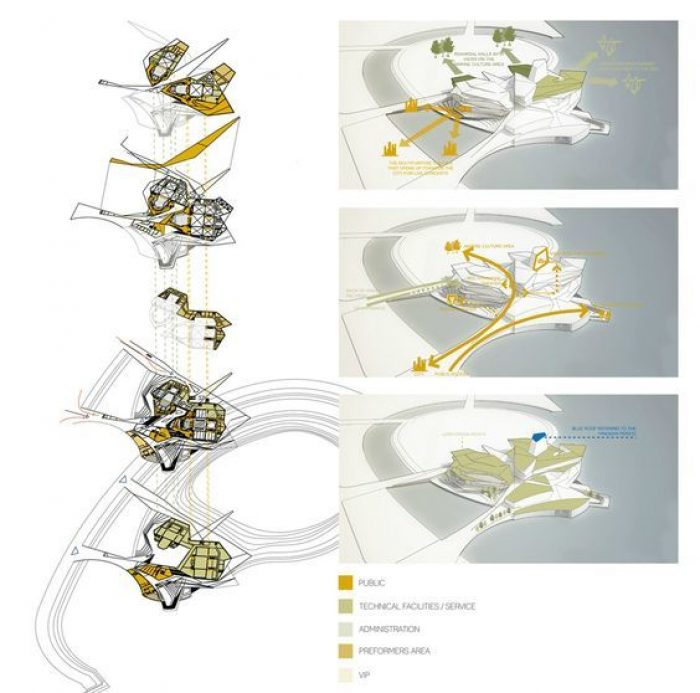
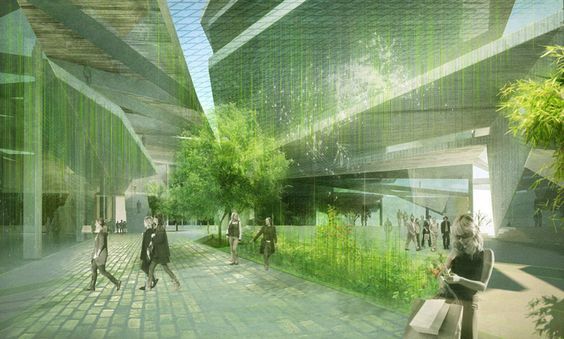
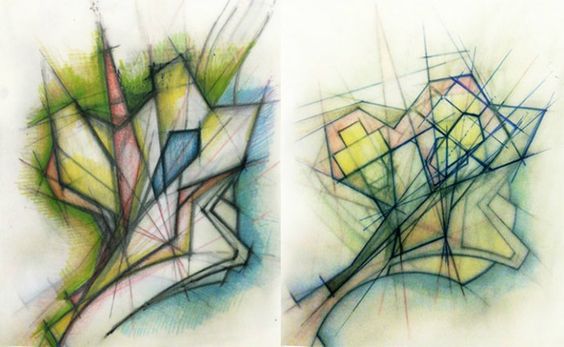
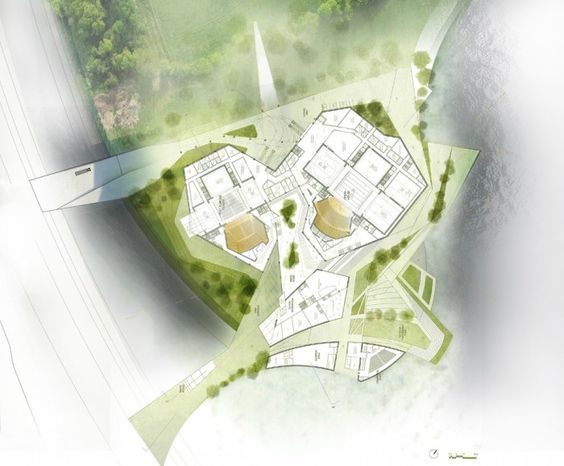
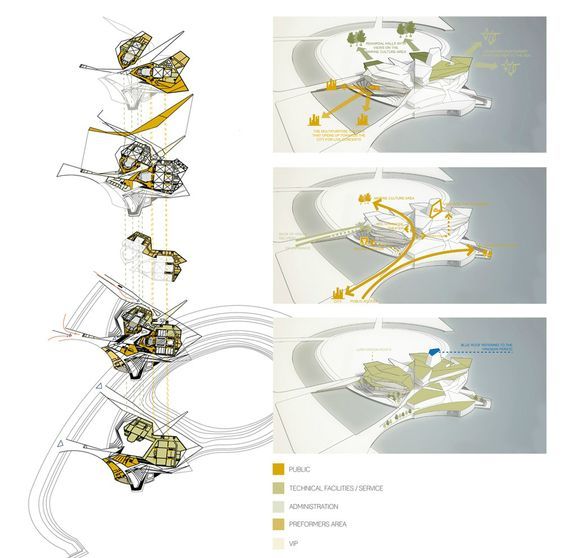

By Ana Cosma


